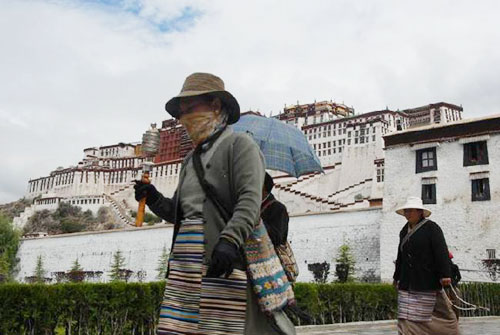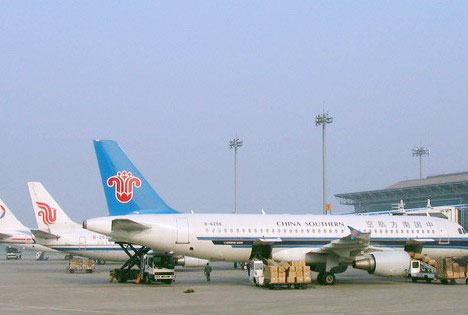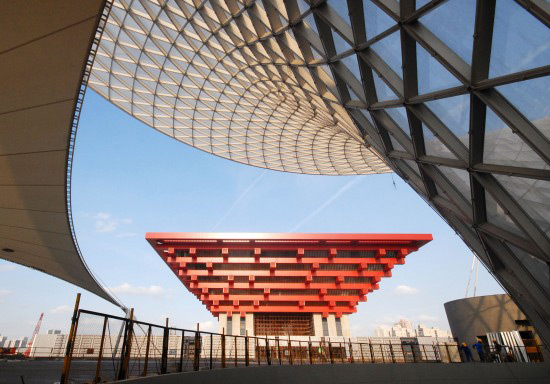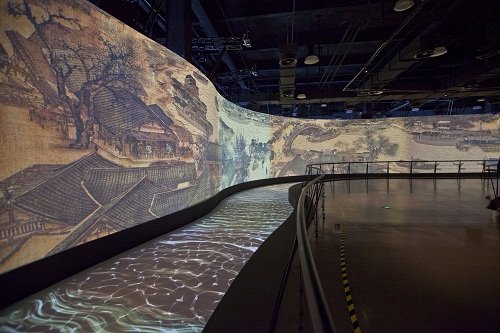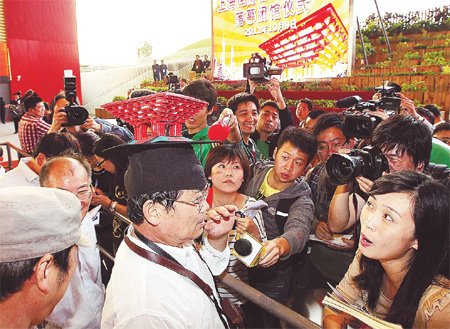Want to discover the unique charm of China? Then, what to visit for your
China tour? China spans thousands of miles, from the deserts in the west to the ocean on the east. With a written history of over 5,000 years, China boasts rich cultural relics and historical sites. Moreover, its stunning landscape, dynamic metropolis and unique traditional lifestyle of different ethnic groups are also good reasons for tourists exploring the old-and-new land. So take a look at the guided information below, get your ideas in focus.
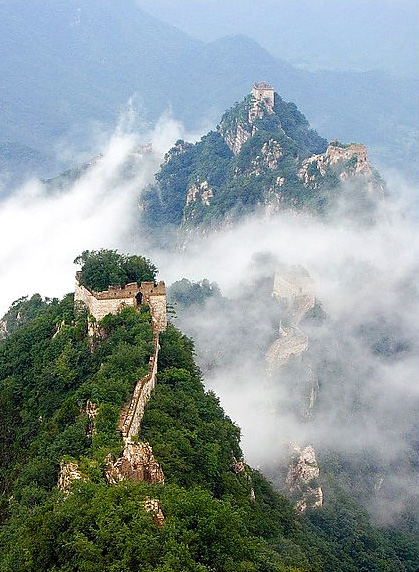 |
| Fantastic Great Wall, Beijing |
For History
Make an in-depth exploration of China’s rich history.
Beijing,
Xian,
Luoyang and
Nanjing used to be four great ancient capitals in Chinese history. With numerous historical sites and cultural relics, the four cities are the finest remainder of China’s imperial past. Besides these ancient prosperous metropolises, some small ancient towns like
Pingyao,
Lijiang, and
Dali, give a fascinating glimpse into a real old-time world.
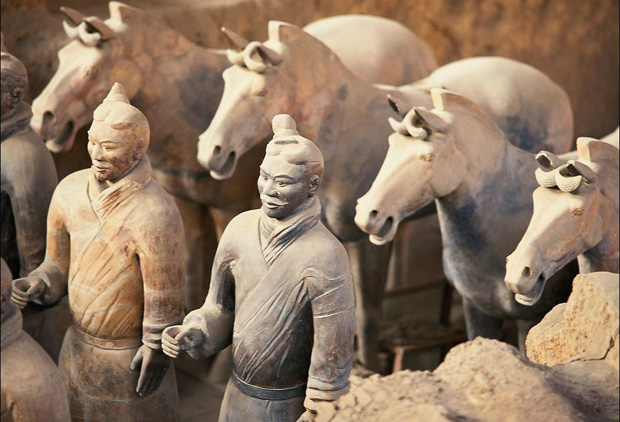 |
| Marvelous Terra-cotta Warriors and Horses |
Discover the most natural views of China on a tour dedicated to nature & wildlife. China is a vast country with stunning natural scenery – towering mountains, dense forests, boundless deserts, and turbulent or quiet rivers. Not just a sightseeing tour! There also are many interesting activities as well – mountain climbing, river cruise, hiking, horse riding, biking, and bamboo rafting, etc. Also, it offers a good opportunity to get close to wildlife, a most famous one – the lovely giant panda in
Chengdu.
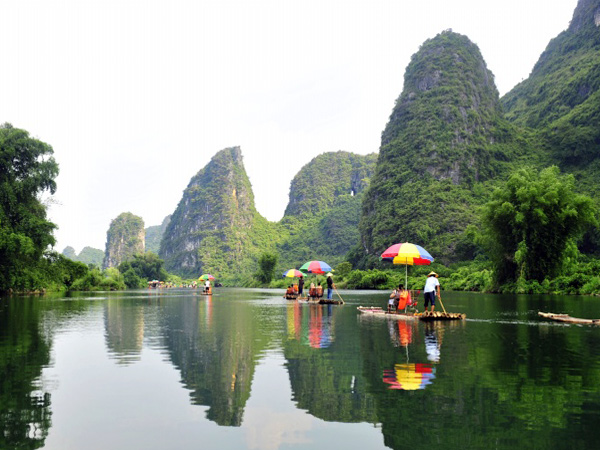 |
| Yangshuo Bamboo Rafting along Yulong River in Guilin |
Top attractions:
Yellow Mountain,
Li River Cruise from
Guilin to
Yangshuo,
Giant Panda Breeding Research Base
For Lifestyle
Urban life in China is much different from rural life. Most cities, like
Beijing,
Shanghai or
Hong Kong, present a diverse mixture of Chinese and Western culture. But, what about the rest of the land? The water towns – Wuzhen andZhouzhuang, feature ancient buildings, stone bridges, and waterways; Hakka people in Fujian province, live in their aged houses – Tulou; And, in some area of Guangxi province, the Zhuang and Yao village high up in the mountains surrounded by spectacular Longji Rice Terraces.
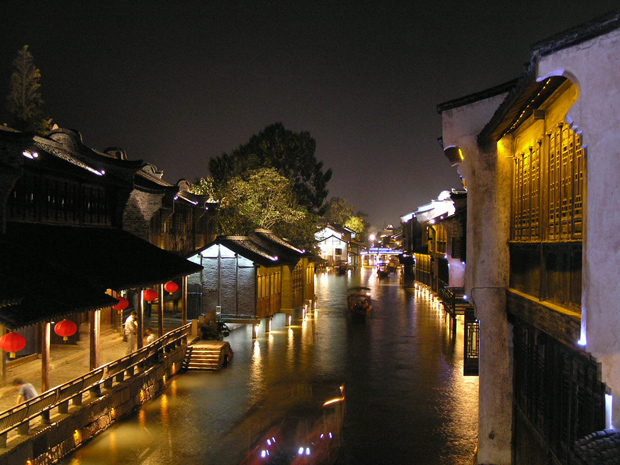 |
| Charming Wuzhen Water Town |
For Religion
Along with history, Buddhism, Taoism, Islamic and other religions in China has exerted great influence on social life, architecture, literature and many other parts. Many religion-related sites are left along history and become sacred destination of pilgrim, from Potala Palace in
Lhasa,
Dunhuang‘s Mogao Grottos, Buddhist Mount Emei to Taoist
Mt. Qingcheng nearby
Chengdu… Combined with beautiful natural surroundings, these sacred places of worship have become popular travel destinations.
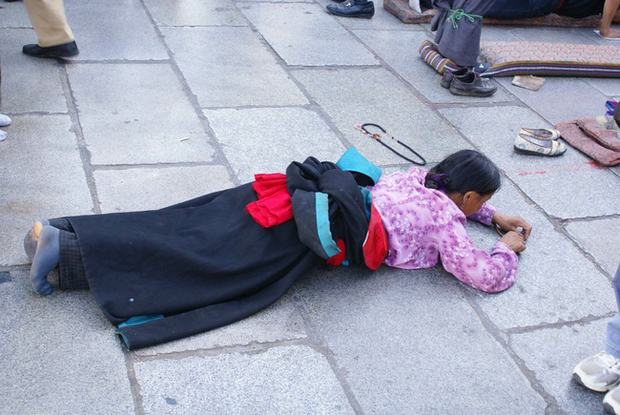 |
| Tibetan pilgrim at Barkhor Street in Lhasa |
Top attractions:
Potala Palace,
Mogao Grottos,
Mount Emei
Yangtze Cruise
Cruising the Yangtze would put you afloat on China’s mightiest river – and the world’s third longest only after Nile and Amazon. The 6,418km Yangtze River surges past some of China’s greatest cities: Chongqing, Wuhan, Nanjing and Shanghai. And, the most impressive section of the river is the Three Gorges (or Sanxia): the Qutang Gorge, Wuxia Gorge and Xiling Gorge. The Yangtze Three Gorges, with a full length of 193km, converges the essence of natural scenery along the Yangtze River.
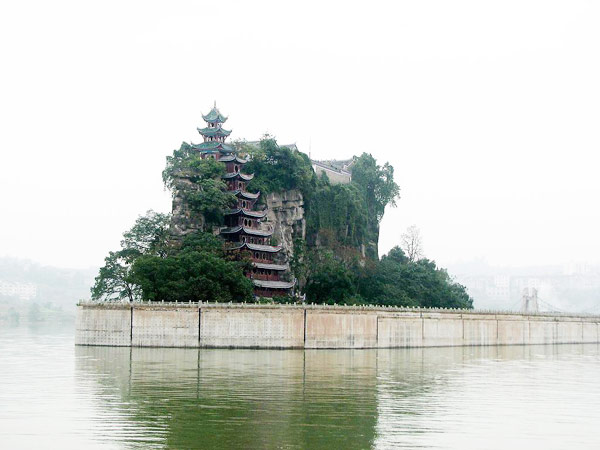 |
| Shibaozhai along Yangtze River |
Top attractions for
Yangtze Cruise:
Fengdu Ghost City,
Shibaozhai,
Three Gorges Dam
